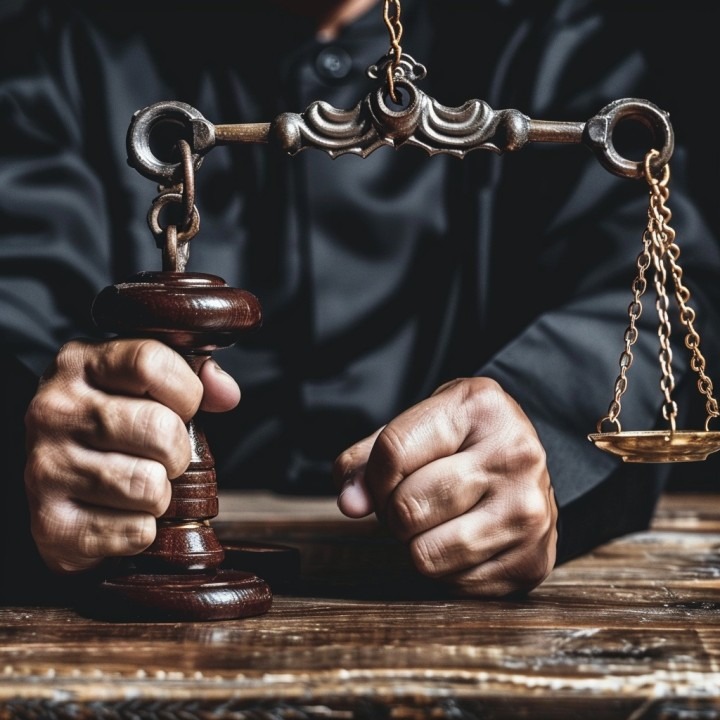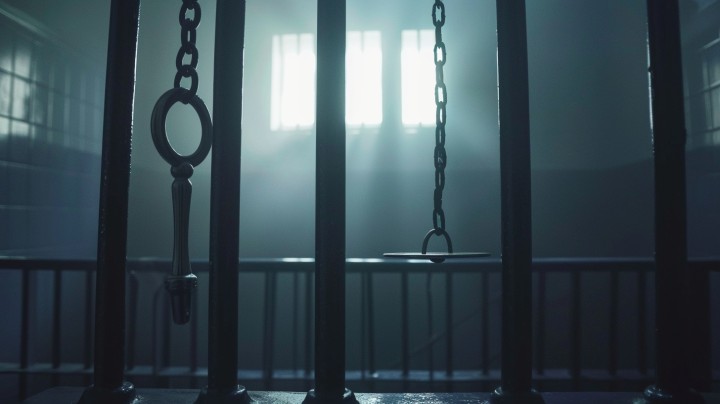Considerations in Determining Bail Amount: A Deep Dive into Judicial Decision-Making
Determining the amount of bail is a critical decision that can significantly affect the accused’s ability to prepare for their trial outside of custody. This decision is not taken lightly and involves several key considerations that ensure the bail amount is fair, just, and appropriate based on the circumstances. Here, we delve into the specific factors that influence how bail amounts are set in the criminal justice system.
Judicial Considerations in Setting Bail
The process of determining bail involves a careful assessment of various factors to balance the rights of the individual with the needs of public safety and the integrity of the judicial process.
Nature and Severity of the Alleged Offense
- Impact on Bail Amount: Generally, more serious offenses result in higher bail amounts. Violent crimes, felonies, and offenses that pose significant harm to the public often warrant stricter bail conditions and higher amounts to mitigate the risk of further harm.
- Public Safety Considerations: The perceived danger that the accused might pose to the community if released is a critical factor.
Past Criminal History and Court Compliance
- Previous Convictions: Individuals with a history of criminal activity, especially if it includes failures to appear in court, are likely to face higher bail amounts as they pose a higher flight risk.
- Flight Risk Assessment: A documented history of skipping bail or evading law enforcement can significantly influence the judge’s decision, leading to stricter conditions or denial of bail.
Financial Resources of the Defendant
- Economic Assessment: Bail should not be oppress’s financial capacity when setting bail. This ensures that the bail amount is significant enough to encourage court appearance without being punitive or impossible to meet.
- Fairness and Equality: The aim is to avoid a disparity where wealthier defendants can easily post bail and gain freedom while less affluent individuals remain detained for the inability to pay.
Ties to the Community
- Family and Employment: Defendants with strong ties to their community, such as stable family relationships, ongoing employment, or active participation in community services, are often seen as less likely to flee. This can lead to more favorable bail conditions.
- Length of Residency: Long-term residents are generally perceived as having deeper connections to the community, which can influence a lower bail amount.
Risk of Obstructing Justice
- Potential for Witness Tampering: If there’s evidence or reasonable suspicion that the defendant might contact witnesses or tamper with evidence, the court might impose a higher bail to mitigate these risks.
- History of Interference: Previous behavior that included obstructing the judicial process can lead to stricter bail terms or denial of bail.
Likelihood of Reoffending
- Assessment of Danger: The nature of the alleged crime and the defendant’s history are analyzed to evaluate the risk of reoffending during the bail period. A higher risk often results in a higher bail amount or even detention without bail.
- Community Protection: Ensuring the safety of the public is paramount, and judges must weigh the potential risks of releasing a defendant against the benefits of pre-trial freedom.
The Role of Pretrial Services
- Recommendations and Reports: Pretrial services play a critical role by providing the court with detailed reports about the defendant, including risk assessments and recommendations for bail conditions. These reports help judges make informed decisions based on empirical data and risk evaluations.
Legal and Constitutional Considerations
- Eighth Amendment Rights: The U.S. Constitution prohibits excessive bail, ensuring that the bail amount is not used as a pretrial punishment but rather as a means to ensure the defendant’s appearance in court.
- Equal Protection Under the Law: Judges must also consider the broader legal principles of fairness and equal treatment under the law, ensuring that bail practices do not disproportionately impact certain groups over others.
Conclusión
The determination of bail is a multifaceted process that requires judges to consider a myriad of factors to balance the rights of the individual against the needs of public safety and the justice system. Understanding these considerations helps clarify why different cases may result in significantly different bail amounts, reflecting the unique circumstances of each case.
Navigating Bail Decisions: Insights into Judicial Considerations
For defendants and their families, understanding these key factors can provide valuable insights into the bail process and help them prepare for bail hearings more effectively.
Frequently Asked Questions
- How does the severity of the charge affect bail amounts?
- What role do family ties play in determining bail conditions?
- Can financial status affect the fairness of the bail amount?
- How do judges assess risk when setting bail?
- What constitutional rights protect defendants during bail determinations?
- How can defendants challenge what they believe to be an unfair bail amount? back to Bail process






